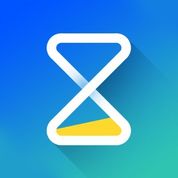actiTIME is a Time Tracking Software. actiTIME offers Timesheet Management, Overtime Calculation, Offline Time Tracking, Multiple Billing Rates, Mobile Time Tracking and many more functionalities.
Some top alternatives to actiTIME includes Timely, TimeTracker App, WebWork Time Tracker, TrackingTime and AtTrack.
Yes, actiTIME provides API.
Yes, actiTIME provides a mobile app.
actiTIME is located in Ontario, Canada
actiTIME offers Free Trial, Freemium, One-time license, Subscription, Quotation Based pricing models
Yes, actiTIME can integrate with Quickbooks, Jira, Trello, Asana and many more.You can find more integration for actiTIME here
The starting price of actiTIME is $6/User/Month when Billed Yearly





































